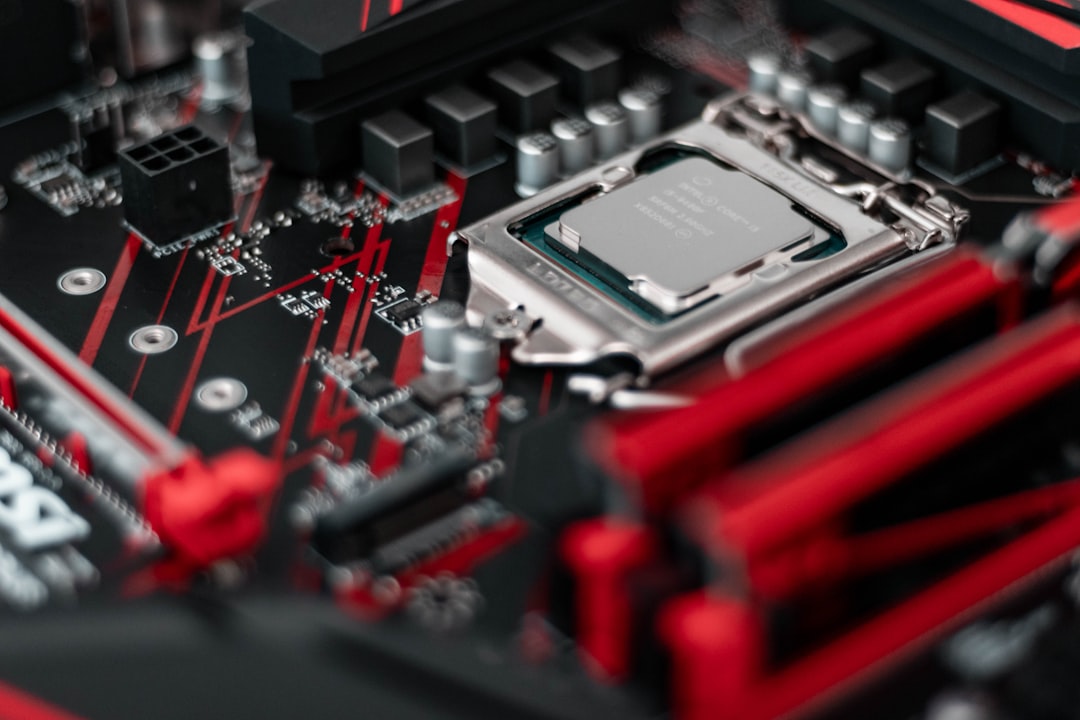What is it about?
When a processor is manufactured as a first silicon chip, each and every component is verified for its functionality before it is released to the market. It helps to identify the bugs (if present) in the processor. At this stage, what are the verification methods available to detect the bugs , their shortcomings and the research directions in this area is analyzed in detail in this work.
Featured Image

Photo by Slejven Djurakovic on Unsplash
Why is it important?
The complexity of multicore processors is increasing and the possibility of occurrence of bugs also increases due to the fact that communication among the cores increases. If processors are released with bugs, and if their impact is severe, then it may cause a catastrophic damage. For example, the Spectre bug, Pentium floating point bug.
Perspectives
This article would pave way to have a broader and in-depth perspective for fellow researchers working in this area. The analysis done on latest Intel processors give us a clear picture as to identify the units where bugs escape through the verification process. Also, the research directions would be useful to venture in to new possibilities. I hope it would provide valuable insights to every reader who reads this article.
Padma Jayaraman
Anna University Chennai
Read the Original
This page is a summary of: A Survey on Post-Silicon Functional Validation for Multicore Architectures, ACM Computing Surveys, July 2018, ACM (Association for Computing Machinery),
DOI: 10.1145/3107615.
You can read the full text:
Contributors
The following have contributed to this page










